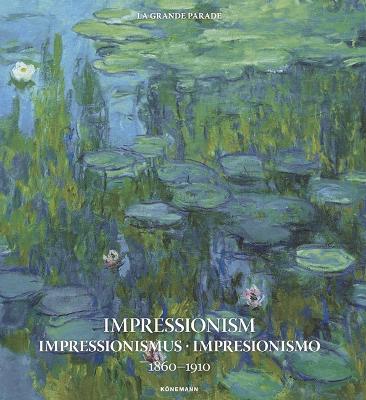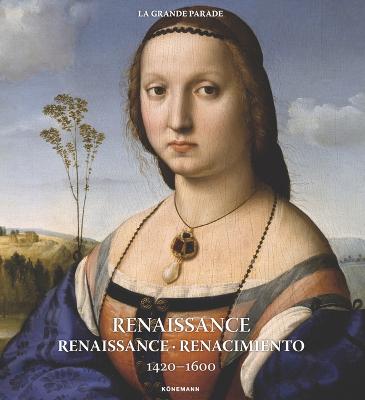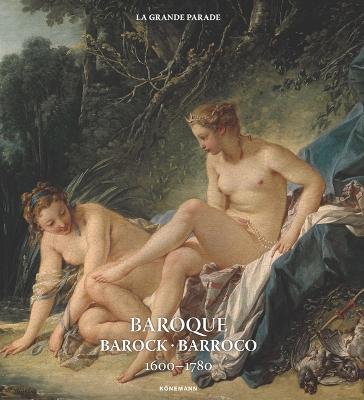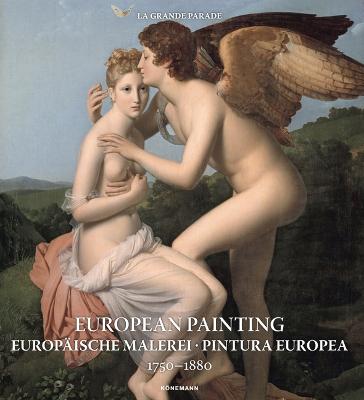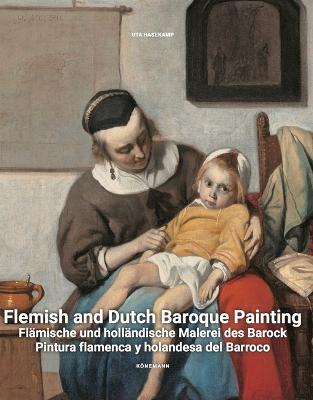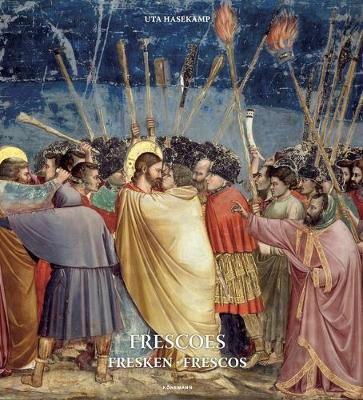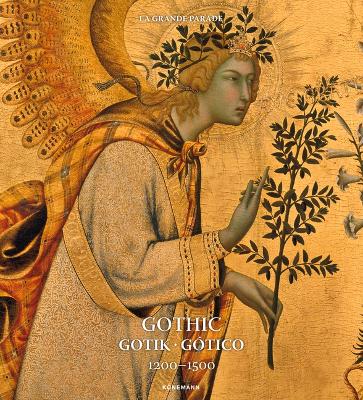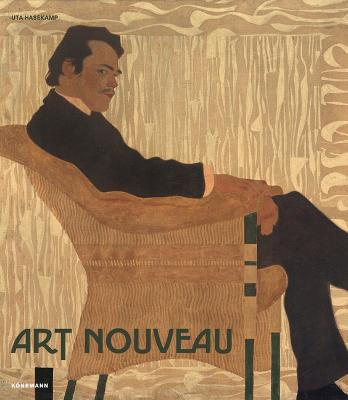Art Periods & Movements Flexi
8 total works
Impressionism 1860-1910
by Kristina Menzel, Uta Hasekamp, Daniel Kiecol, and Olaf Mextorf
Renaissance 1420-1600
by Kristina Menzel, Uschi Baetz, Ruth Dangelmaier, Uta Hasekamp, and Daniel Kiecol
Baroque 1600-1780
by Kristina Menzel, Ruth Dangelmaier, Uta Hasekamp, Katrin Hoeller, and Daniel Kiecol
